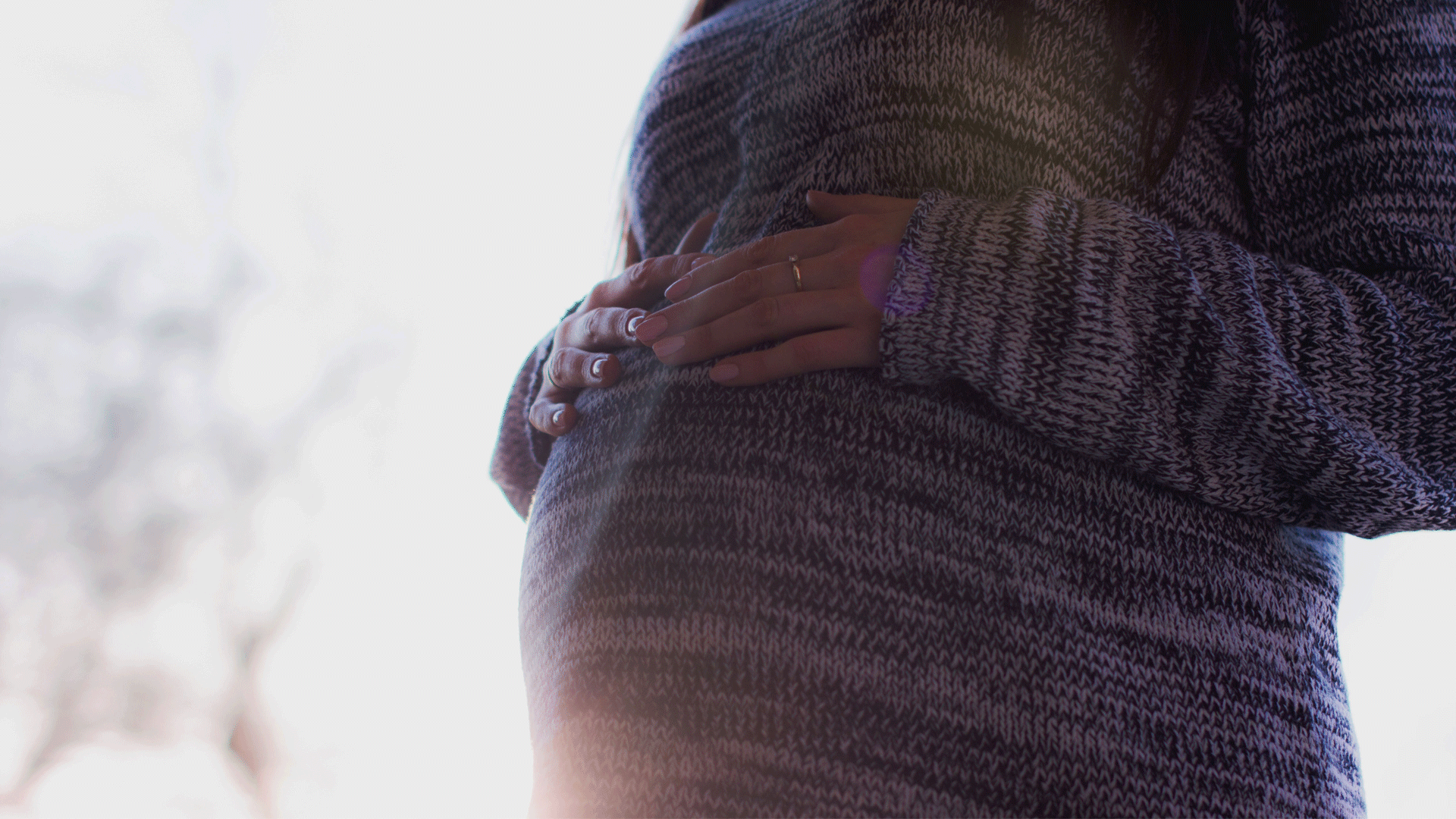
26 Nov What To Do If You Don’t Reach The Hospital In Time During Labour
When labour and delivery happen quicker than the drive to the hospital allows, here are some simple steps that can be followed to ensure the safety of mum and bub.
You cannot always choose how, when and even where your baby will be delivered, despite the best-laid plans.
Fortunately for prospective parents and care providers, fewer than one percent of babies will be classed as BBA – born before arrival at the hospital.
In Australia, more than 95% of births will be in a hospital, a regular delivery suite or a family birth unit.
In modern medicine, preventative or anticipatory care is considered just as important as definitive treatment, and childbirth is no exception to this concept.
Most BBA babies will not be the firstborn in the family. First-time mums will most likely have longer labours, be anxious to get to the hospital as soon as possible and have a birth partner who is usually very supportive of their request.
On the other hand, women who have previously given birth will be more confident in reading the progress of labour, will have the responsibility of thinking about the needs of their other children and just might get caught short. ‘When to come in’, pain relief and delivery procedures will have been discussed in the latter weeks of pregnancy.
Parity, size and position of the baby and the duration of earlier labours will be key factors in attempting to predict how much time a pregnant woman has.
It is very uncommon for a baby to be born without the ‘waters’ breaking.
It is not uncommon, however, for the baby’s arrival to follow very rapidly after the gush, and the bloody show, occurs. To wait for contractions that are three minutes apart, as well as a show and a flood of water is perhaps tempting fate, particularly in peak-hour traffic!
Simple things such as having your bag packed well before the anticipated arrival, and having your support team – partner and people who may be caring for your other children – readily accessible can prevent delays. It’s also important to have a full tank of petrol and a clear plan of how to get to the hospital – don’t rely on the GPS.
It is good policy to ring the birth suite prior to leaving home – whether you think you will make it or not.
Remember, it will usually be quicker to drive your own car rather than rely on an ambulance or taxi. However, if you are home alone or feel baby’s arrival is imminent, it is better to stay put and call an ambulance and your hospital to tell them what is happening.
If you do decide to leave for the hospital, you are probably better being seated or lying down in the back seat, not the front passenger seat. Having a clean towel in the car is not a bad idea also.
Remember: safe, natural childbirth has been happening for quite some time. Nature usually gets it right. Don’t panic, and don’t drive in a dangerous or reckless fashion.
If you are confident the baby’s arrival is very imminent – very strong and painful contractions, blood show, waters broken and an urge to push – and the hospital is not in sight (if it is, pant, pant, pant – don’t push) stop the car and park normally; don’t just stop in the middle of the road.
In these circumstances, the baby will literally deliver itself – no pulling or tugging needed by the driver.
Once the baby has been born, the biggest immediate threat to your baby’s wellbeing is getting cold, so wrap the baby in the towel, a blanket, a jumper, anything warm and dry. If skin-to-skin contact can be achieved, body warmth is ideal. It is very likely the shock of birth will ensure your baby wriggles, breathes and cries promptly.
Remember babies are bluish, not pink when born, so again, don’t panic if your baby looks like this!
There is no urgency to deliver the placenta (afterbirth) or cut or tie the cord. In ‘natural’ circumstances, 20 minutes or more may safely elapse before these things need to be done.
Bleeding is the commonest and potentially most serious threat to the new mother. Uterine, placental bleeding will not occur until the placenta separates, so don’t pull on the cord as this will only create a problem. Should the placenta deliver quickly and spontaneously, just gently rub the tummy over the uterus to keep it firm and contracted.
Then cross your legs to reduce bleeding from any tears and resume your journey. And if time and memory allow, ring the delivery suite and advise them what has happened. With any luck, you will be close to the safety of the hospital.
Words by Dr Tom Egger

